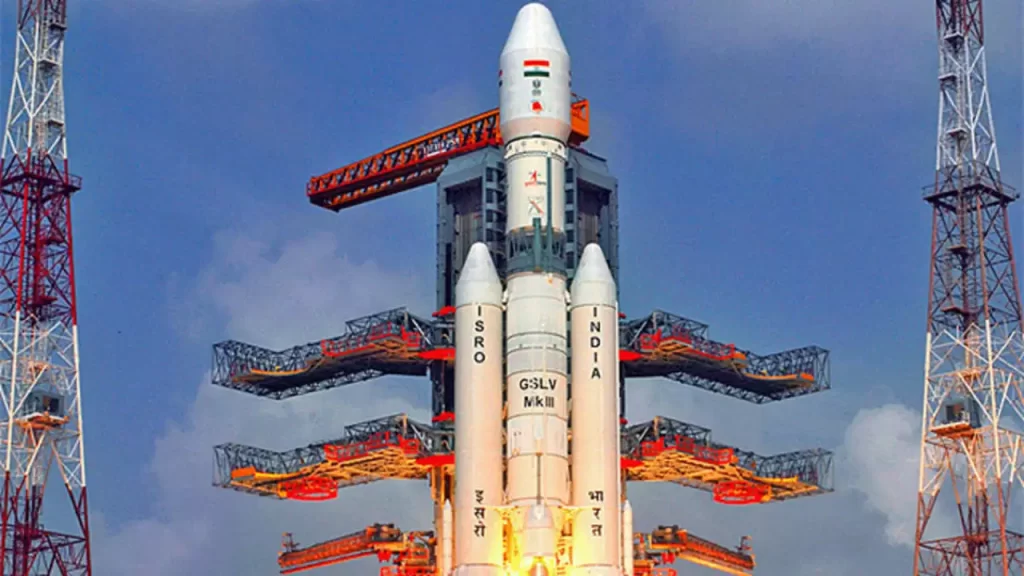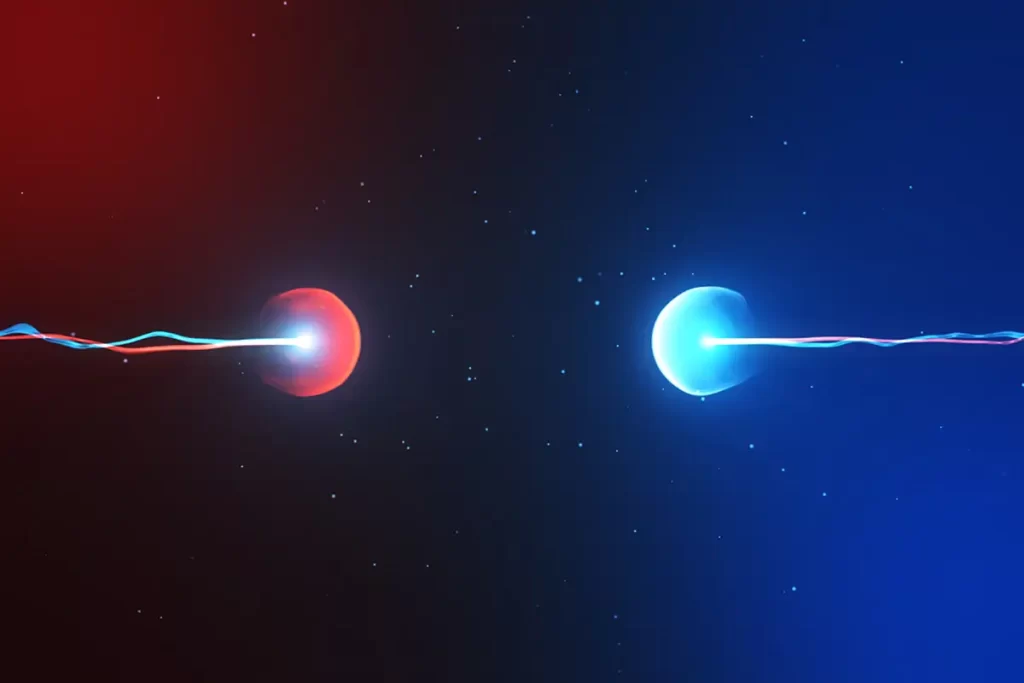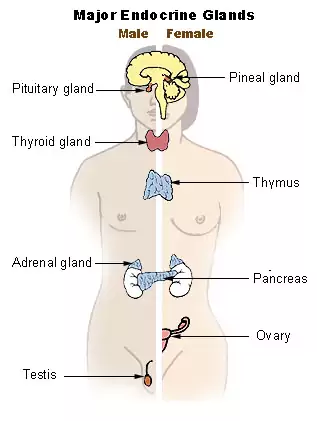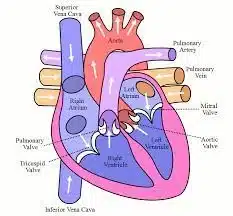What are Gravitational Waves (GW)?
Gravitational waves are ripples in the space time curvature traveling outward from the source produced by violent events such as collision of 2 black holes or by supernova explosion.
- Gravitational waves was predicted in 1916 by Albert Einstein on the basis of his Theory of General Relativity which was published in 1915.
- Gravitational waves transport energy as gravitational radiation and pass through matter without interacting with it.
- They are produced by accelerating masses just the same as accelerating charged particles produce radio waves (electrons in antennas).
- GW is akin to Electromagnetic Waves (EM) waves, but emitted by gravitating bodies in motion such as black holes, spiraling towards each other in binary orbits.
- As these waves do not interact with matter, gravitational waves coming to Earth may be carrying undistorted information about its origin.
- It may also improve methods for estimating the distances to other galaxies. It may also help in mapping the abundance of black holes and frequency of their mergers.
Properties
- Can penetrate regions of space that electromagnetic waves have no reach.
- these ripples would travel at the speed of light through the Universe.
- G- Waves can pass through any intervening matter without being scattered significantly.
- Gravitational waves are hypothesize to arise from cosmic inflation (expansion of universe after big bang).
Laser Interferometer Gravitational Wave Observatory (LIGO)
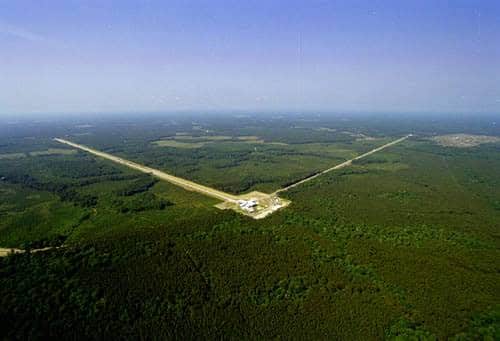
- LIGO is world’s largest gravitational wave observatory.
- The LIGO experiment has 4km long L-shaped tunnels and uses lasers to measures changes in the distance between two ends.
- When the GW enters into LIGO, it stretches space and direction, and disperses space in another direction i.e. these waves disturb the light emitted lasers.
- Scientists by measuring the interference (disturbances) of lasers light map the disturbed space which has been compressed or stretched.
- Founded in 1992 aimed at detecting the gravitational waves that were once predicted by Einstein and also validate this general theory of relativity.
- For the first time, scientists at LIGO have observed ripples in the fabric of space time called gravitational waves, arriving at the earth from a cataclysmic event in the distant universe. This confirms a major prediction of Albert Einstein’s 1915 general theory of relativity and opens an unprecedented new window onto the cosmos.
- LIGO project operates three gravitational-wave (GW) detectors. Two are at Hanford, Washington, north-western US, and one is at Livingston in Louisiana, south-eastern US. They are located 3,000 km apart in the shape of ‘L’.
2017 Nobel Prize in physics goes to the discovery of Gravitational Waves
- The Royal Swedish Academy of Sciences has selected three American scientists Rainer Weiss, Barry C. Barish and Kip S. Thorne for the 2017 Nobel Prize in Physics.
- They were selected for their decisive contributions to the LIGO (Laser Interferometer Gravitational wave Observatory) detector and the observation of gravitational waves.
Previous evidences
Earlier in 1974, Russel Hulse and Joseph Taylor had disovered indirect evidence for the existence of gravitational waves emitted from the decaying orbital period of objects called binary pulsars. Both of them for their discovery were awarded the Nobel Prize in Physics in 1993.
India’s Gravitational Wave Observatory (IndiGO)
- INDIGO or IndIGO is a consortium of Indian gravitational-wave physicists. This is an initiative to set up advanced experimental facilities for a multi-institutional observatory project in gravitational-wave astronomy located near Aundha Nagnath, Hingoli District, Maharashtra.
- It’s in collaboration with the Laser Interferometer Gravitational-wave Observatory (LIGO) in the US.
- The project will build an Advanced LIGO Observatory in India, a move that will significantly improve the ability of scientists to pinpoint the sources of gravitational waves and analyze the signals.
Also refer :
- Download the pdf of Important MCQs From the History Of Ancient India
- List Of Important Inscriptions In India
- Know About Launch Vehicles of ISRO.
- India’s Three-Stage Nuclear Power Programme.


